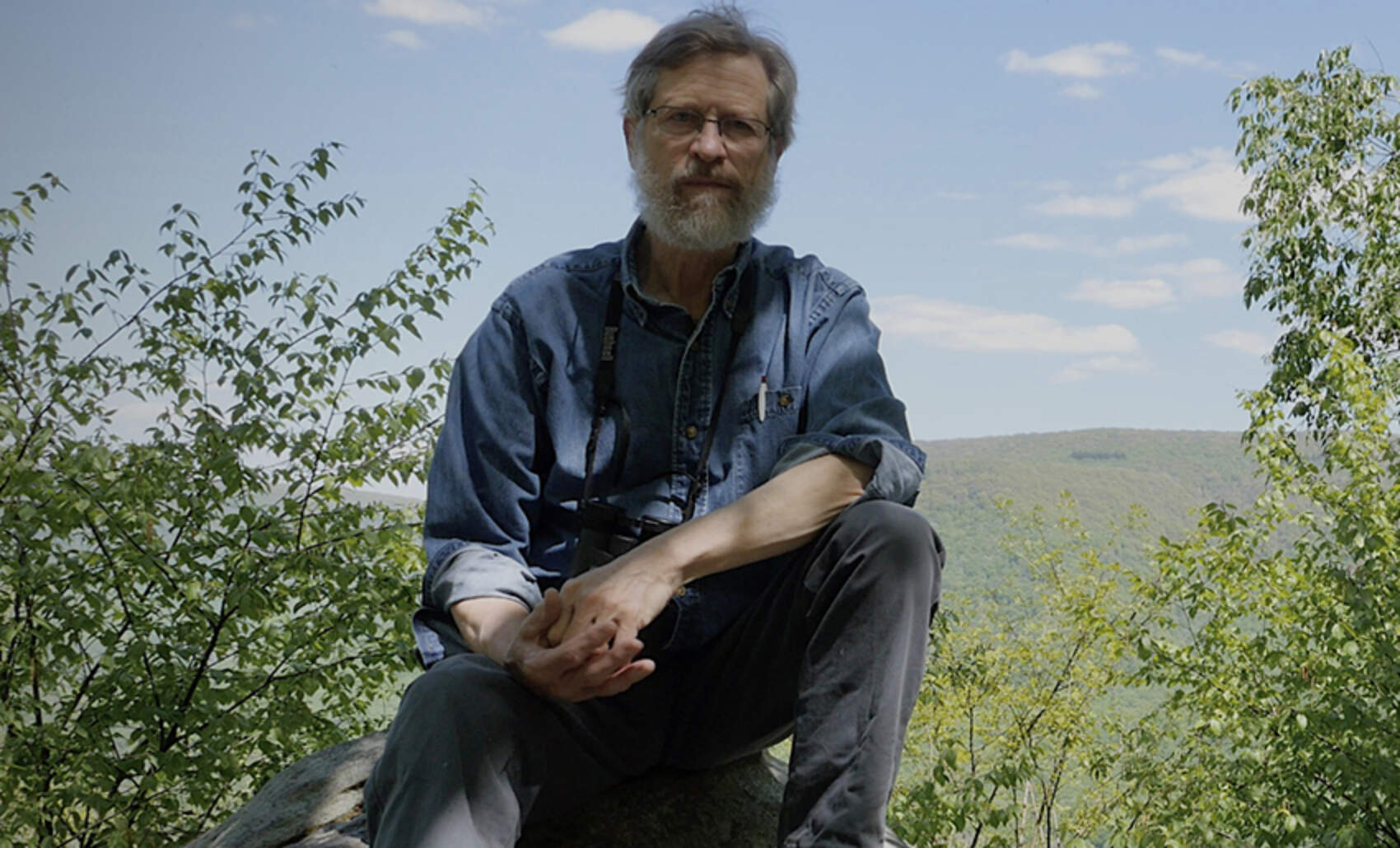“I find all of nature so fascinating. I like to encourage people to become naturalists. Take the time to take it all in, whether it’s listening to birds or the river roaring through the gorge or feel the sandstone. Try to forget the hubbub and spend more quiet, pensive time in nature. I think we need to take particular interest in children. I’m interested in trying to get their minds to open up a little more to nature. You hit them at the right moment and ‘bingo,’ something clicks and maybe they alter their life.”
“My career is in conservation. When I speak to people I like to give them a sense of place when I’m introducing a location to them. A sense of place for the Laurel Highlands really has to do with the Allegheny Mountains and the Youghiogheny River. The two of them have been working together for eons.
“The Allegheny Mountains are part of the Appalachian Mountains. They consist of four major folds or ridges. These are accordion-like folds to the underlying bedrock that were arched up and created a landscape that was very rugged in topography and provides a lot of different micro habitats in addition to the forests that people see.

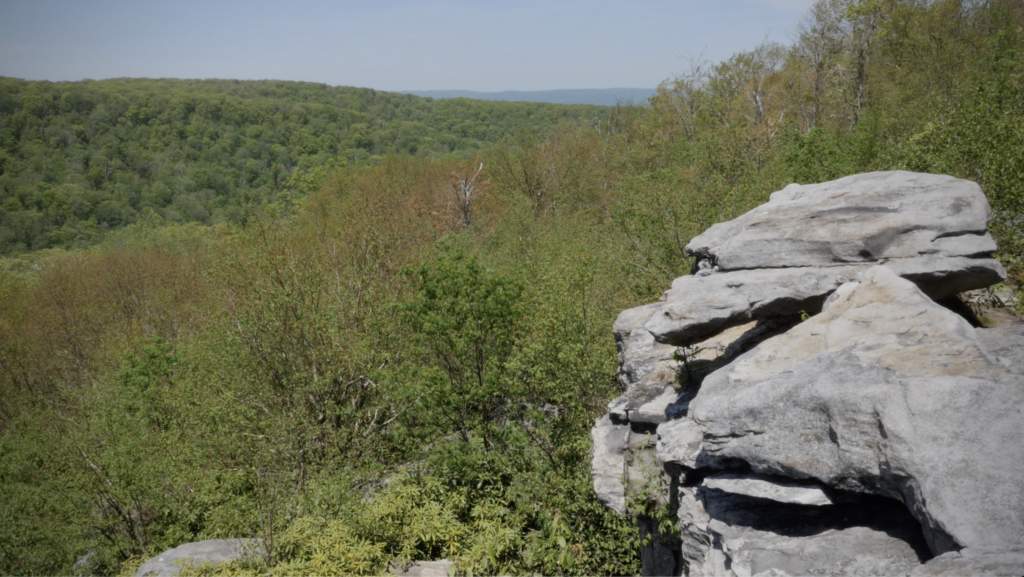
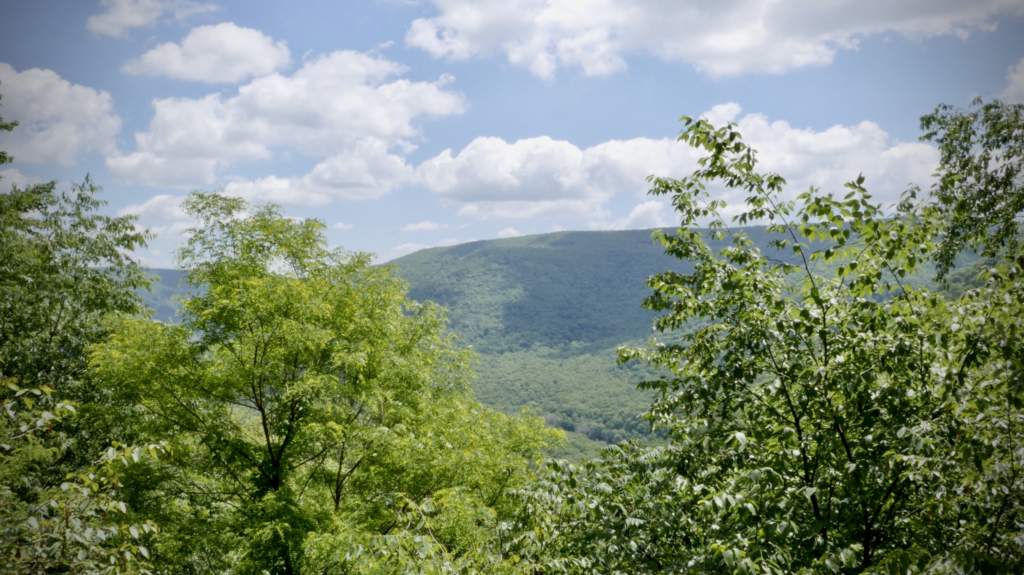
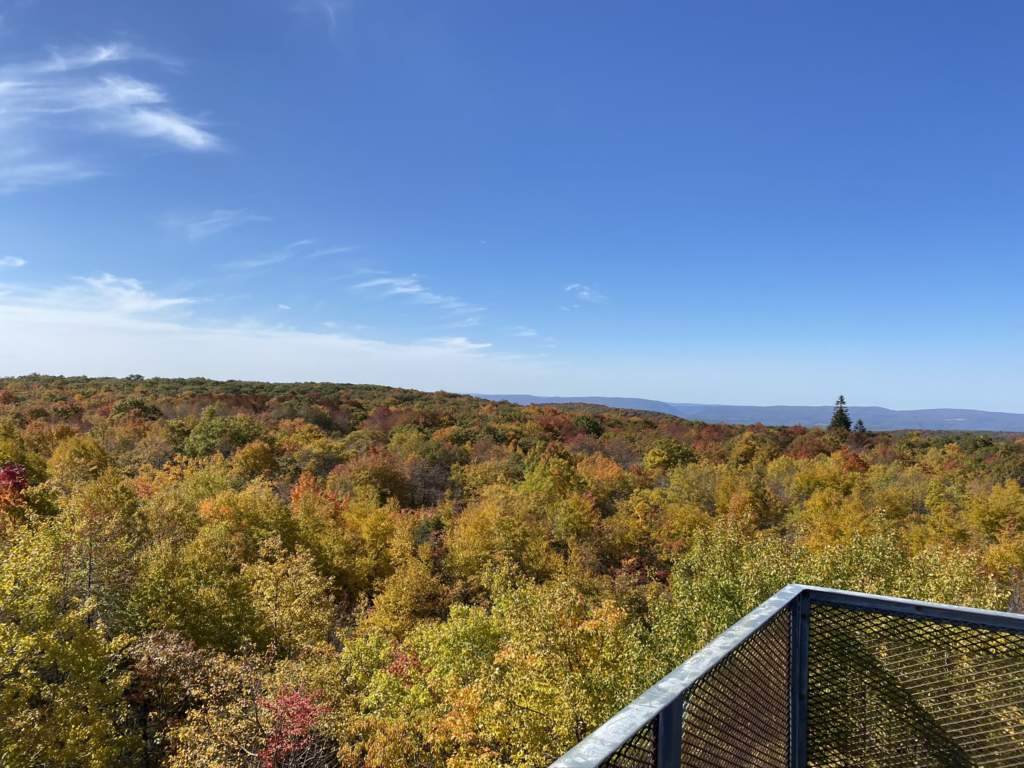
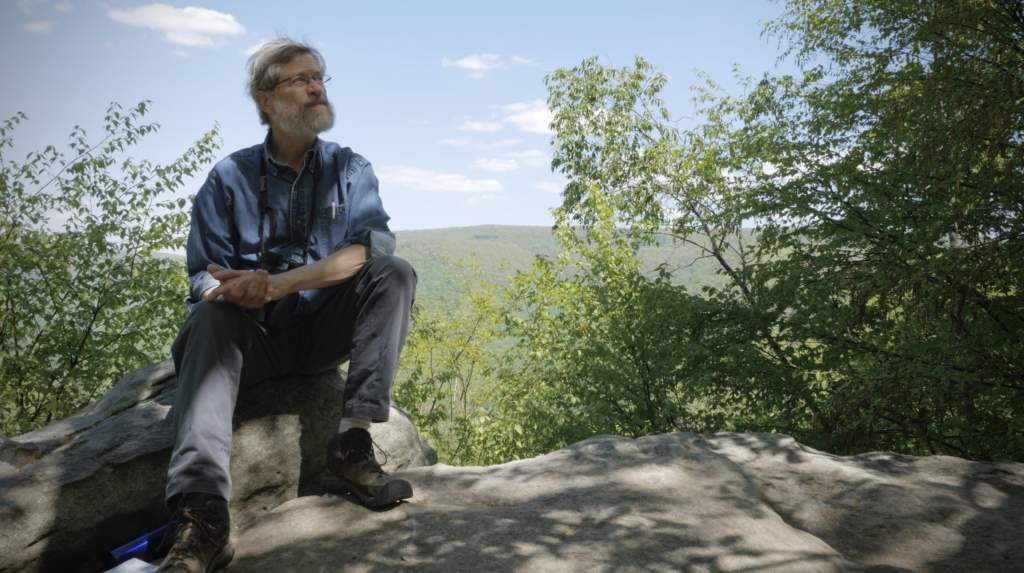
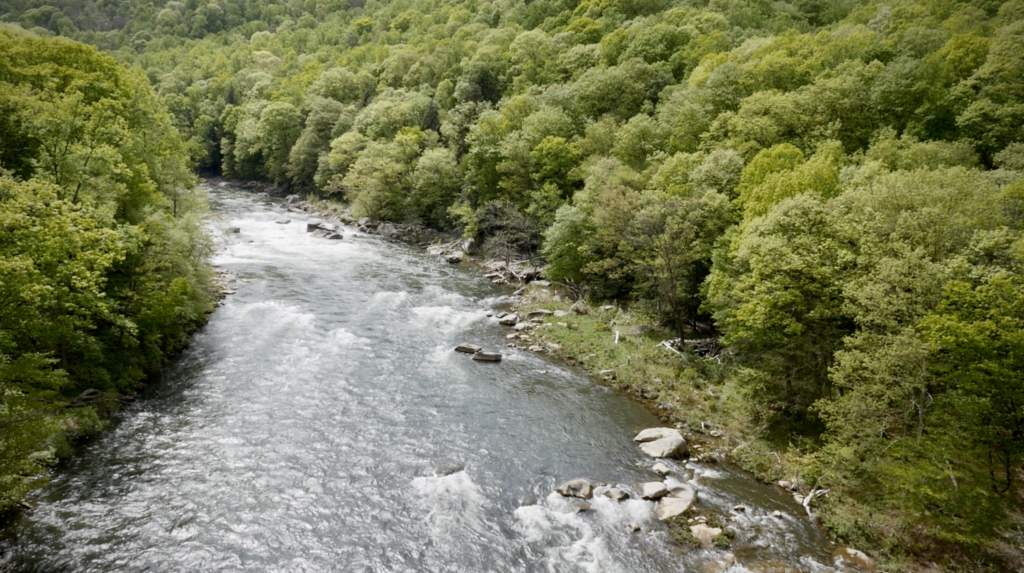
“The Allegheny Mountains are about three times older than the Rockies. I read that at one time they were the size of the Andes. Over many millions of years they have eroded down. The river was sort of sitting on top of them initially and cut down through the mountains into what we have today. I would like people to just imagine the time and force of the earth that it’s taken to create this landscape based on the water of the river and the folding and erosive power of the mountains.
“If you start in Downtown Pittsburgh and go on the Great Allegheny Passage, you’re starting out in what we call the Pittsburgh Plateau, which is a non-mountainous flat land. The hills are all about the same height. It’s very rolling. It’s a plateau that’s been carved down by streams. As you ride along the trail you approach Connellsville. And in the distance, you can see something higher, a kind of massive, folded, green ridge line. It’s the beginning of the accordion folds that go from elevations of about 900 feet at Connellsville to Mt. Davis at over 3,000 feet, the highest point in Pennsylvania.
“These ridges lead from the southwest to the northeast, out of West Virginia and Maryland. The four ridges going from west to east are Chestnut Ridge, Laurel Ridge, Mount Davis and the Allegheny Mountain or Allegheny Front.
“Each of those mountains is a little different. Chestnut Ridge is my favorite. It’s the lowest at 2,700 feet but is higher than everything to the west of it until you get to the foothills of the Rocky Mountains.
“It has a real diversity in geology. It has a lot more limestone and there are caves that are formed in this limestone. A species that comes north but is not along the river, is the green salamander. It’s a very unique species. It lives in crevices in the sandstone cliffs found only on Chestnut Ridge. It spends quite a bit of its life there in the rock.
“Baughman Rock is on Laurel Ridge. It’s an outcrop of sandstone and is the same rock as Ohiopyle Falls. The reason it extends so low is because of the folding. When you look out from Baughman Rock you see the Youghiogheny River Gorge. The mountains were buried by about two miles deep of fill and then the river sat on top and cut through and washed away all the fill downstream and then cut into the mountain and created the falls and rapids.
“I find all of nature so fascinating. I like to encourage people to become naturalists. Take the time to take it all in, whether it’s listening to birds or the river roaring through the gorge or feel the sandstone. Try to forget the hubbub and spend more quiet, pensive time in nature. I think we need to take particular interest in children. I’m interested in trying to get their minds to open up a little more to nature. You hit them at the right moment and ‘bingo,’ something clicks and maybe they alter their life.”
This content was created by Anita Harnish for the Great Allegheny Passage Conservancy and funded in part by a grant from the Community Conservation Partnerships Program Environmental Stewardship Fund, under the administration of the Pennsylvania Department of Conservation and Natural Resources, Bureau of Recreation and Conservation administered through the Pennsylvania Environmental Council’s Laurel Highlands Mini Grant Program, and in part by the Somerset County Tourism Grant Program.

